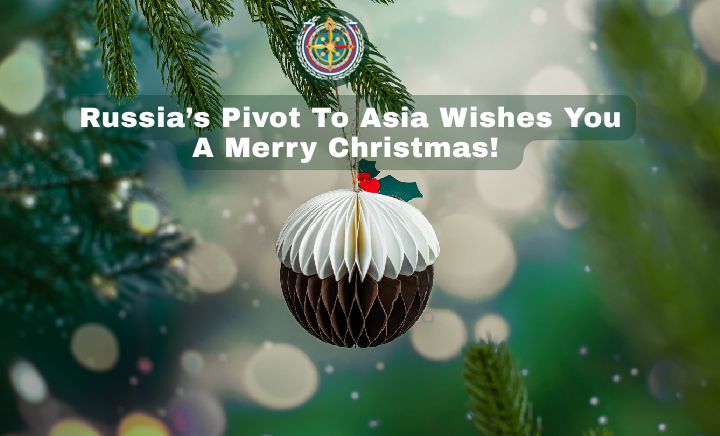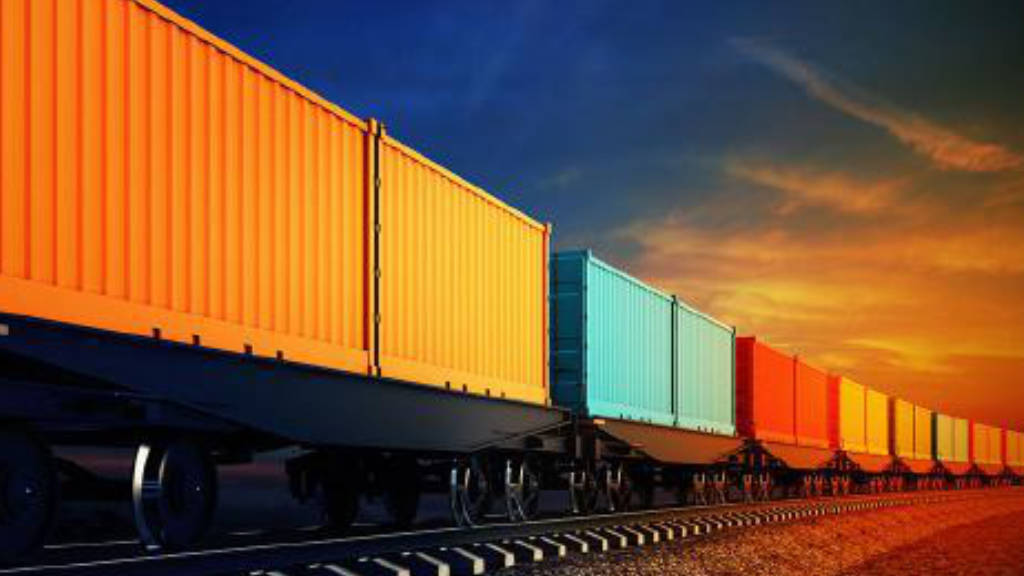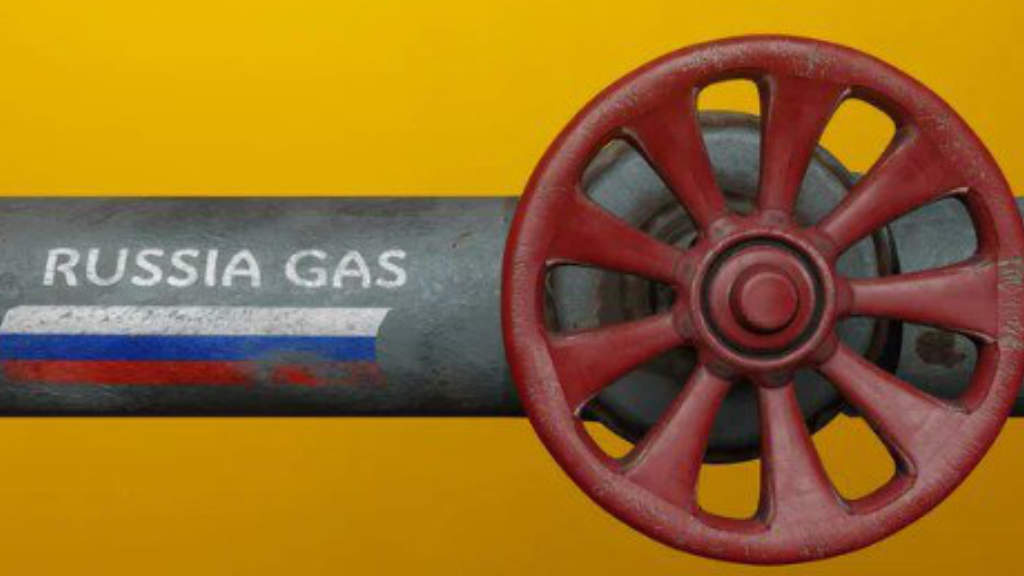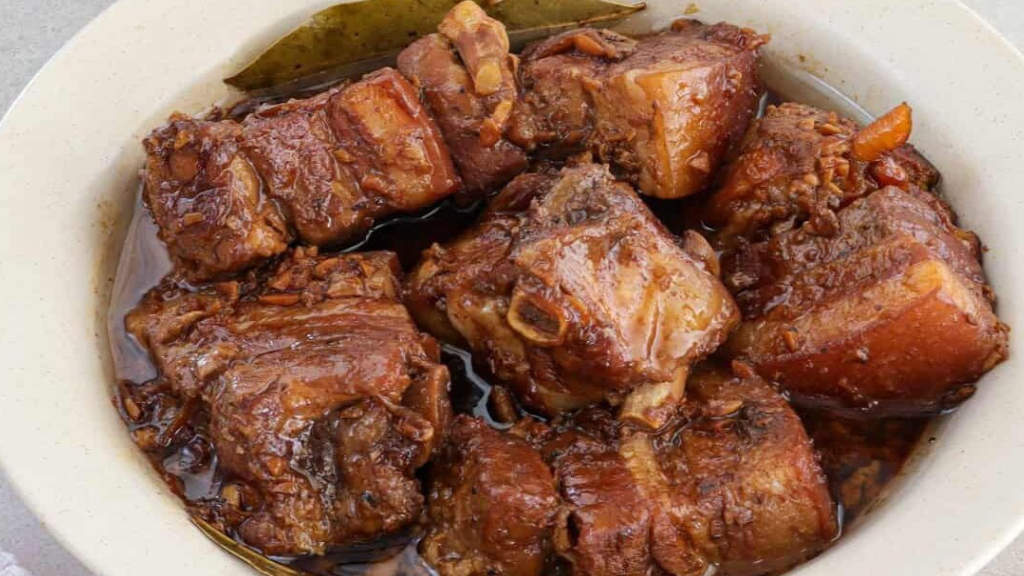On April 19, in Beijing, Andrei Slepnev, joint chair of the Minister of Trade of the Eurasian Economic Commission and Li Fei, China’s Vice Minister of Commerce held discussions of the Joint Commission on the implementation of the Agreement on Trade and Economic Cooperation between the Eurasian Economic Union and the PRC.
China has a Free Trade Agreement with the Eurasian Economic Union (EAEU) but at present this is ‘non-preferential’ meaning tariff reductions have not been applied. Instead, they are organised on a looser, ‘as need’ basis between China and the members of the EAEU – Armenia, Belarus, Kazakhstan, Kyrgyzstan, and Russia. The EAEU members fill a geographic space between Eastern Europe and Western China.
The progress in implementing the roadmap for the development of trade and economic cooperation between the EAEU and China, approved at the last meeting, was examined in detail. An agreement was reached on the speedy completion of work on the signing of agreements between railway carriers of Russia and China and their certification centres on the organisation of international transportation using paperless technology, which will contribute to the development of digitalisation of transport corridors between the EAEU countries and China.
Both parties emphasised the importance of continuing consultations in the field of the climate agenda, development strategies of the EAEU and China, market protection measures and e-commerce provided for by the provisions of the road map. The establishment of regular dialogue in the field of public procurement and inter-exchange cooperation was noted.
In addition, the Joint Commission discussed the results and further steps to expand interaction in the areas of technical regulation, application of SPS measures, customs and industry cooperation. Separately, the intention was noted to contribute to the development of the Eurasian Agroexpress project, aimed at implementing accelerated transportation of food products from the EAEU to China by rail.
Both the EAEU and China have achieved a high level of data quality and completeness in the electronic exchange of information between rail carriers as they seek to digitise rail transport between them. Slepnev said that “Agreements between railway companies are in a high degree of readiness, which will allow us to reach a new level of cooperation. We are also considering new promising areas of cooperation.” This cooperation will minimize transportation time and speed up customs procedures between all EAEU members and China.
In addition, the parties discussed in detail the issues of access of high-quality agricultural products of the EAEU member states to the Chinese market, as well as opportunities to expand logistics routes within the Eurasian Agroexpress project.

The initiative to implement a joint project of the EAEU member states for the implementation of accelerated rail and multimodal transportation Eurasian Agroexpress in order to develop regular mutual supplies of agricultural products and food, as well as export supplies in Asian and European directions has proven effective.
The total 2023 volumes of transportation by the Eurasian Agroexpress exceeded 450,000 tonnes, with the principal cargos being oil and fat, fruits and vegetables, canned goods, grain legumes, as well as chicken and beef. The main destination for Eurasian Agroexpress is China.
Slepnev stated that “Currently, relations between the countries of the EAEU and China are at an unprecedented high level, which is confirmed by data on the growth of trade turnover. In 2023, this figure increased by almost a quarter compared to 2022. I am confident that next year, in addition to traditional issues of trade facilitation, as well as new directions on climate change and e-commerce, we will discuss other areas of deepening interaction identified as a result of a joint study conducted by the scientific community of the EAEU and China on the prospects for the development of trade and economic cooperation.”
Further Reading
Russia-China 2024 Trade & Development
We provide a comprehensive breakdown of Russia-China trade, in our 2024 Russia’s Pivot To Asia PDF guide. This is a complimentary download and can be accessed in English here and Russian here.






